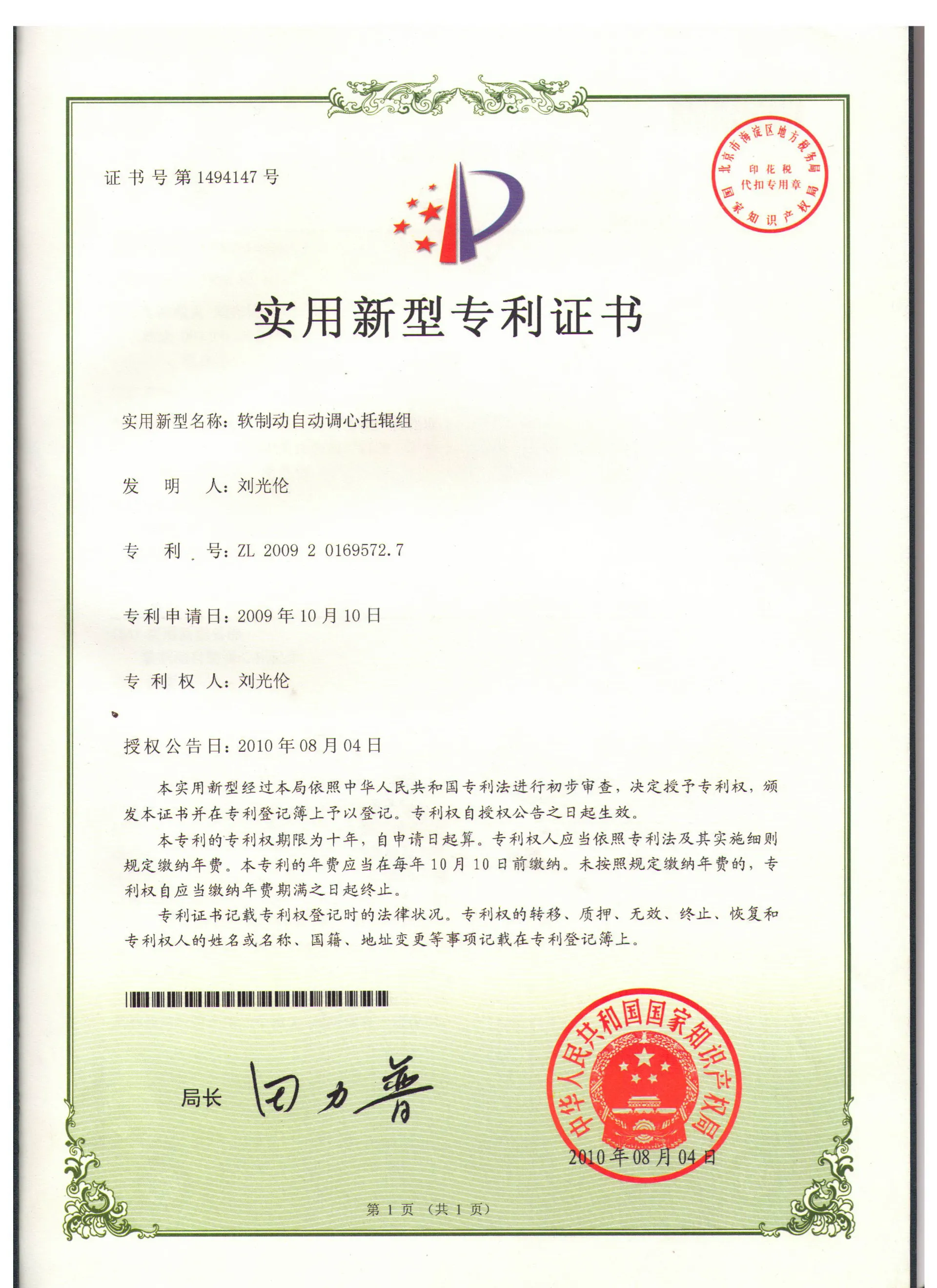 Afrikaans
Afrikaans  Albanian
Albanian  Amharic
Amharic  Arabic
Arabic  Armenian
Armenian  Azerbaijani
Azerbaijani  Basque
Basque  Belarusian
Belarusian  Bengali
Bengali  Bosnian
Bosnian  Bulgarian
Bulgarian  Catalan
Catalan  Cebuano
Cebuano  Corsican
Corsican  Croatian
Croatian  Czech
Czech  Danish
Danish  Dutch
Dutch  English
English  Esperanto
Esperanto  Estonian
Estonian  Finnish
Finnish  French
French  Frisian
Frisian  Galician
Galician  Georgian
Georgian  German
German  Greek
Greek  Gujarati
Gujarati  Haitian Creole
Haitian Creole  hausa
hausa  hawaiian
hawaiian  Hebrew
Hebrew  Hindi
Hindi  Miao
Miao  Hungarian
Hungarian  Icelandic
Icelandic  igbo
igbo  Indonesian
Indonesian  irish
irish  Italian
Italian  Japanese
Japanese  Javanese
Javanese  Kannada
Kannada  kazakh
kazakh  Khmer
Khmer  Rwandese
Rwandese  Korean
Korean  Kurdish
Kurdish  Kyrgyz
Kyrgyz  Lao
Lao  Latin
Latin  Latvian
Latvian  Lithuanian
Lithuanian  Luxembourgish
Luxembourgish  Macedonian
Macedonian  Malgashi
Malgashi  Malay
Malay  Malayalam
Malayalam  Maltese
Maltese  Maori
Maori  Marathi
Marathi  Mongolian
Mongolian  Myanmar
Myanmar  Nepali
Nepali  Norwegian
Norwegian  Norwegian
Norwegian  Occitan
Occitan  Pashto
Pashto  Persian
Persian  Polish
Polish  Portuguese
Portuguese  Punjabi
Punjabi  Romanian
Romanian  Russian
Russian  Samoan
Samoan  Scottish Gaelic
Scottish Gaelic  Serbian
Serbian  Sesotho
Sesotho  Shona
Shona  Sindhi
Sindhi  Sinhala
Sinhala  Slovak
Slovak  Slovenian
Slovenian  Somali
Somali  Spanish
Spanish  Sundanese
Sundanese  Swahili
Swahili  Swedish
Swedish  Tagalog
Tagalog  Tajik
Tajik  Tamil
Tamil  Tatar
Tatar  Telugu
Telugu  Thai
Thai  Turkish
Turkish  Turkmen
Turkmen  Ukrainian
Ukrainian  Urdu
Urdu  Uighur
Uighur  Uzbek
Uzbek  Vietnamese
Vietnamese  Welsh
Welsh  Bantu
Bantu  Yiddish
Yiddish  Yoruba
Yoruba  Zulu
Zulu Optimizing Idler Selection for Enhanced Performance in Mechanical Systems
Picking the Right Idler A Guide to Choosing the Perfect Idler for Your Needs
In various mechanical systems, idlers play a crucial role in ensuring smooth operation and efficiency. Whether it's in conveyor systems, automotive applications, or other machinery, idlers help guide belts, reduce friction, and maintain tension. Understanding how to pick the right idler for your needs is essential for optimal performance and longevity of your equipment.
What is an Idler?
An idler is a non-driven component that supports and guides a belt or chain in motion. It ensures that the movement of the belt is smooth and prevents slippage. Idlers come in various shapes, sizes, and materials, and they can be found in numerous applications, from industrial machinery to everyday vehicles.
Types of Idlers
1. Trough Idlers These are commonly used in conveyor systems where materials are transported. They have a V-shape that helps contain the material and prevent spillage. Trough idlers are particularly effective in handling bulk materials, making them a popular choice in industries such as mining and construction.
2. Return Idlers Positioned at the lower part of a conveyor system, return idlers support the belt as it returns to the starting point. They help maintain the belt's alignment and tension while ensuring a smooth return path.
3. Impact Idlers These are designed to absorb shock and reduce wear on the belt and the conveyor structure. They are typically located at transfer points where materials are loaded onto the conveyor.
4. Guiding Idlers These help keep the belt centered, preventing it from drifting off track. They are particularly important in systems where precise alignment is critical.
5. Roller Idlers These consist of cylindrical rollers that reduce friction, allowing for smoother movement. They are often used in scenarios where high-speed operation is necessary.
picking idler

Factors to Consider When Choosing an Idler
1. Load Capacity The idler must be able to support the weight of the material being transported. Check the manufacturer's specifications to ensure the selected idler meets or exceeds the load requirements.
2. Material Compatibility The material of the idler should be compatible with the environment in which it operates. For example, if the idler will be exposed to harsh chemicals or extreme temperatures, selecting a material that can withstand these conditions is crucial.
3. Belt Width and Size The idler must match the width and size of the belt used in the system. An improperly sized idler can lead to operational issues, such as belt misalignment and increased wear.
4. Operating Speed Consider the speed at which the belt will operate. High-speed applications may require specific types of idlers to minimize friction and prevent overheating.
5. Installation and Maintenance Choose an idler that is easy to install and maintain. Some idlers come with features that simplify maintenance, such as easy access points for lubrication.
6. Cost-Effectiveness While it may be tempting to choose the cheapest option, consider the long-term costs associated with wear and tear. A more durable idler might have a higher initial cost but can save money in repairs and replacements over time.
Conclusion
Selecting the right idler is pivotal in ensuring the efficiency and reliability of mechanical systems. By understanding the various types of idlers and the factors to consider when making a choice, you can enhance the performance of your equipment. Take the time to evaluate your specific needs and consult with manufacturers or industry experts to make an informed decision. A well-chosen idler not only optimizes operation but also contributes to the longevity of the entire system, making it a wise investment for any industry relying on machinery.
-
Revolutionizing Conveyor Reliability with Advanced Rubber Lagging PulleysNewsJul.22,2025
-
Powering Precision and Durability with Expert Manufacturers of Conveyor ComponentsNewsJul.22,2025
-
Optimizing Conveyor Systems with Advanced Conveyor AccessoriesNewsJul.22,2025
-
Maximize Conveyor Efficiency with Quality Conveyor Idler PulleysNewsJul.22,2025
-
Future-Proof Your Conveyor System with High-Performance Polyurethane RollerNewsJul.22,2025
-
Driving Efficiency Forward with Quality Idlers and RollersNewsJul.22,2025





























